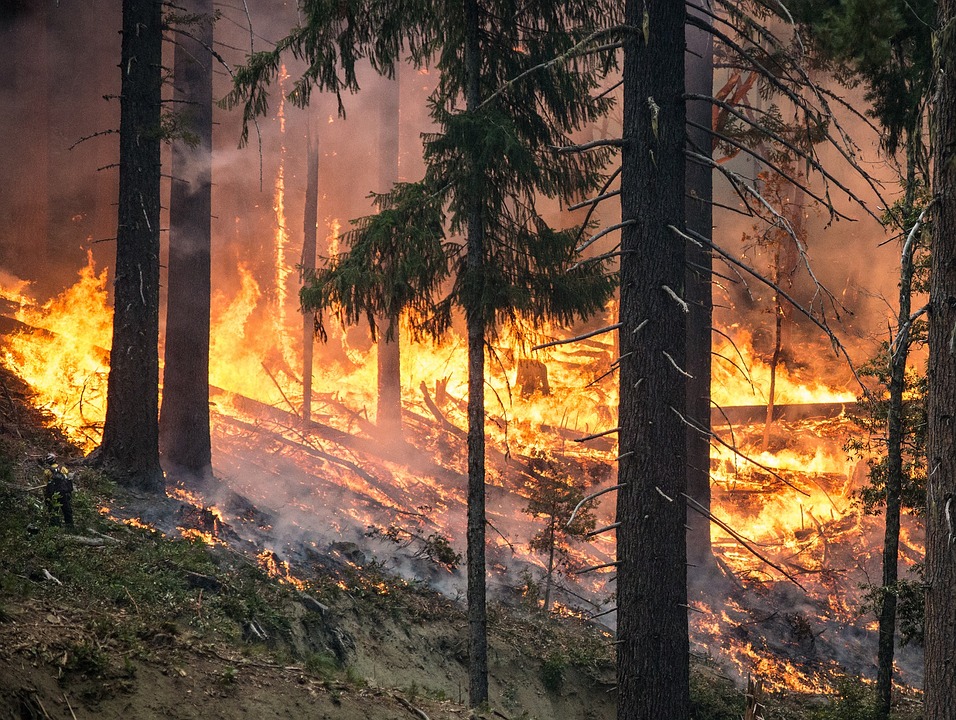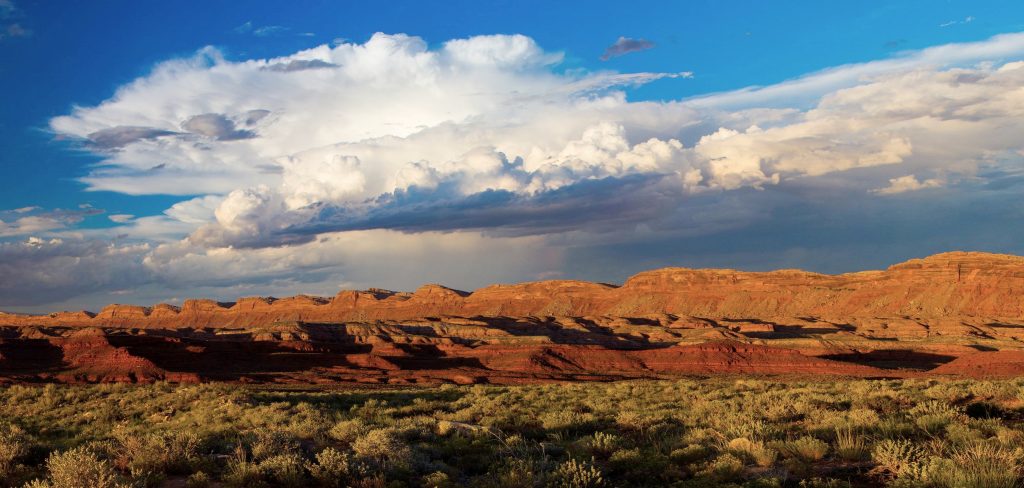When it came to BLM lands, each recreation visitor cost $1.49 but brought in only $0.31 for the agency. The shortfalls are borne by taxpayers, who subsidize the hikers, climbers, and puffy-jacket-wearing visitors who enjoy national forests and other federal recreation areas.
Tate Watkins
The Puffy Coat Makers at Patagonia Want You to Subsidize Their Rich Customers
“The President Stole Your Land.” That was the message, in stark white letters against a black background, that replaced the usual bright-colored images of puffy jackets and backpacks on the outdoor retailer Patagonia’s website last month. “In an illegal move,” the text continued, “the president just reduced the size of Bears Ears and Grand Staircase-Escalante National Monuments. This is the largest elimination of protected land in American history.”
The pop-up was probably jarring for anyone browsing to buy a thermal base layer. It was also inaccurate. Even if the administration’s monument reductions survive legal challenges, the area in question wasn’t “stolen” from the public: It remains federally owned public land.
Patagonia wasn’t the only outdoor recreation company to rail against President Trump’s announcement that he would shrink the two monuments. REI’s website noted “the loss of millions of acres of protected lands this week,” a disingenuous line given the numerous laws and statutes—from the National Environmental Protection Act to the Archaeological Resources Protection Act—that already protect federal lands.
The outdoor recreation industry’s politics share a common conviction: that public lands should be “free” for everyone because they belong to all citizens, and that many more acres should be set aside for recreation. In arguing for stricter protections at Bears Ears in particular, companies like Patagonia play a familiar role, albeit one not usually described in such terms: Corporate interests get their policy preference despite vehement opposition from the locals.
Trump is also guilty of framing the public lands dispute spuriously, having called his predecessor’s designation of Bears Ears as a national monument a “massive federal land grab.” In fact, the area was already federal land—managed by the Bureau of Land Management (BLM) and the U.S. Forest Service—before Barack Obama made it a national monument during his last month in office. (Monument designations can be controversial because they usually impose land-use restrictions, such as limiting or prohibiting activities such as livestock grazing or mineral development.)
In its calls to limit uses on more and more public lands, Patagonia tends to come across as what most of its devotees no doubt see it as: a noble, thoroughly “green” company simply seeking a higher calling. Much of the media buys into that rendition: “Patagonia has long been an active participant in the fight to protect the environment,” The Washington Postdeclared in its coverage of the splash page. The company’s actions could just as accurately be described as a corporate interest lobbying for policies that will help its bottom line.
The outdoor recreation industry certainly thinks its success hinges on public lands. A 2017 report by the Outdoor Industry Association called public lands and waterways “the backbone of our outdoor recreation economy.” Patagonia CEO Rose Marcario used similar language when attacking Utah’s elected officials for “their blatant disregard for Bears Ears National Monument and other public lands, the backbone of our business.” Patagonia founder Yvon Chouinard has complained that Utah politicians “don’t seem to get that the outdoor industry—and their own state economy—depend on access to public lands for recreation.”
Most of the visitors to those public lands are decidedly well-off when compared to the typical American household. According to the National Park Service and Forest Service, in recent years slightly more than half of visitors to national parks and forests had household incomes over $75,000. Both agencies also reported that less than 10 percent of visitors had household incomes under $25,000.
Meanwhile, the public lands that bolster outdoor companies’ profits are anything but “free.” Collective maintenance needs for national parks and forests alone exceed $16 billion. According to a 2015 study by my colleagues at the Property and Environment Research Center, from 2009 to 2013 the Forest Service spent $2.81 per recreation visitor but only recouped $0.78 in revenue for each. When it came to BLM lands, each recreation visitor cost $1.49 but brought in only $0.31 for the agency. The shortfalls are borne by taxpayers, who subsidize the hikers, climbers, and puffy-jacket-wearing visitors who enjoy national forests and other federal recreation areas.
Free Range Report
Thank you for reading our latest report, but before you go…
Our loyalty is to the truth and to YOU, our readers!
We respect your reading experience, and have refrained from putting up a paywall and obnoxious advertisements, which means that we get by on small donations from people like you. We’re not asking for much, but any amount that you can give goes a long way to securing a better future for the people who make America great.
[paypal_donation_button]
For as little as $1 you can support Free Range Report, and it takes only a moment.




The land on national monuments is not always owned by the public. President Clinton, on his last day in office, added a big section of our family ranch to a national monument.